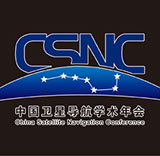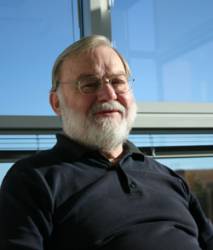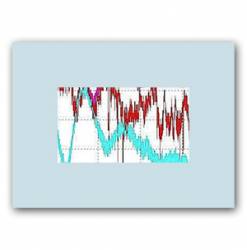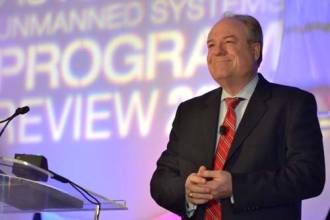Trimble Announces Integrated Multi-Constellation GNSS, UHF Module for RTK Apps
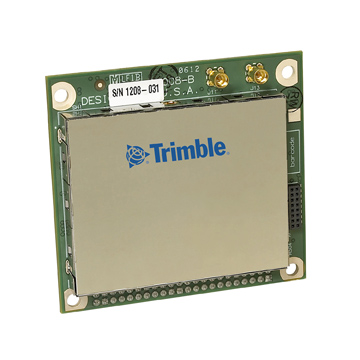 Trimble BD930-UHF
Trimble BD930-UHFTrimble has introduced its new BD930-UHF receiver and communication module, combining a triple-frequency GPS/GLONASS/BeiDou/Galileo receiver with an integrated UHF module.
Part of Trimble’s GNSS OEM portfolio, the new compact module features centimeter-level, real-time kinematic (RTK) positioning capabilities, according to the company. By integrating wireless communications on the same module, the BD930-UHF module is designed to significantly simplify the reception of RTK corrections.



